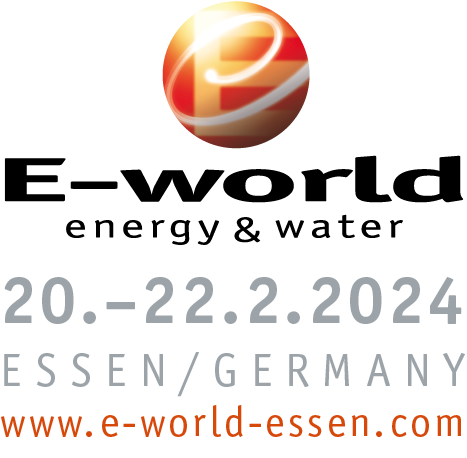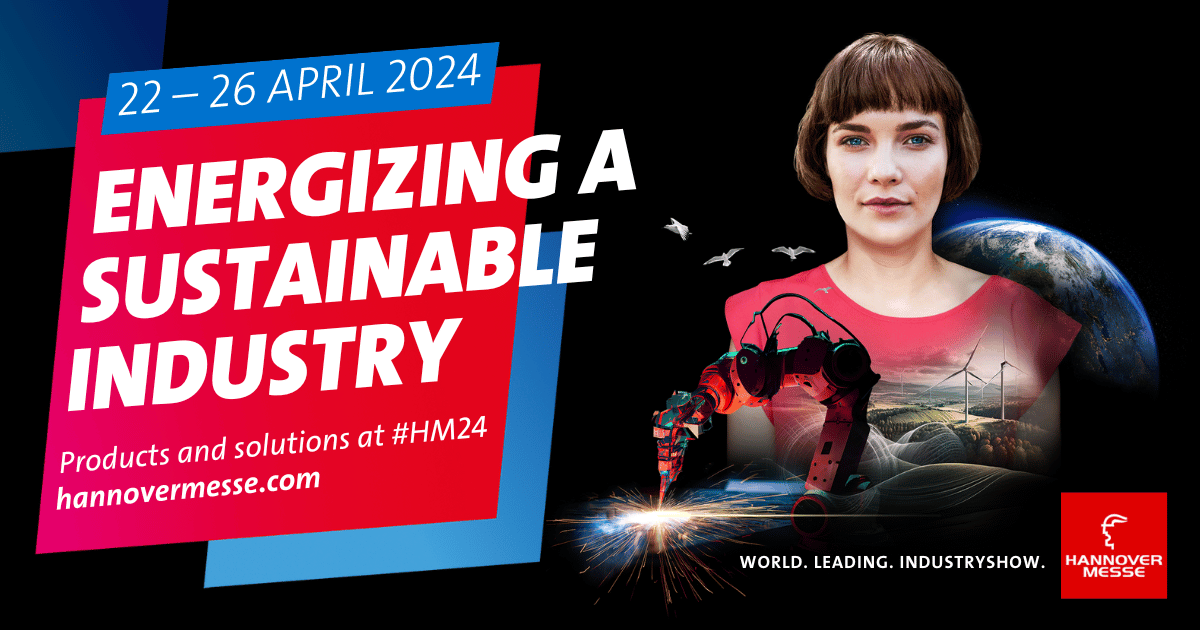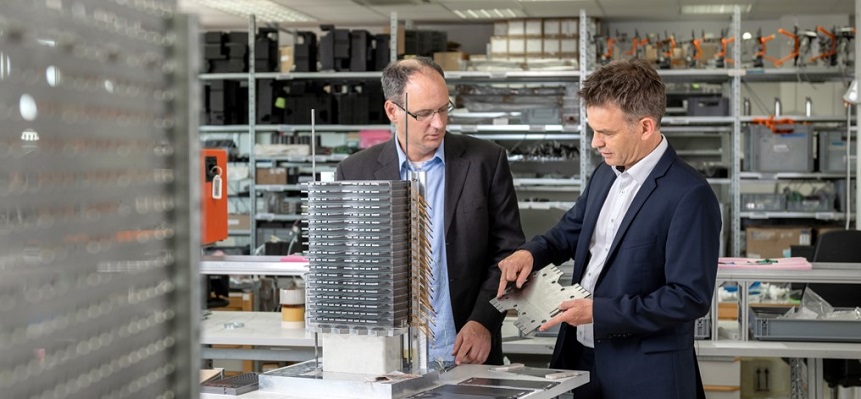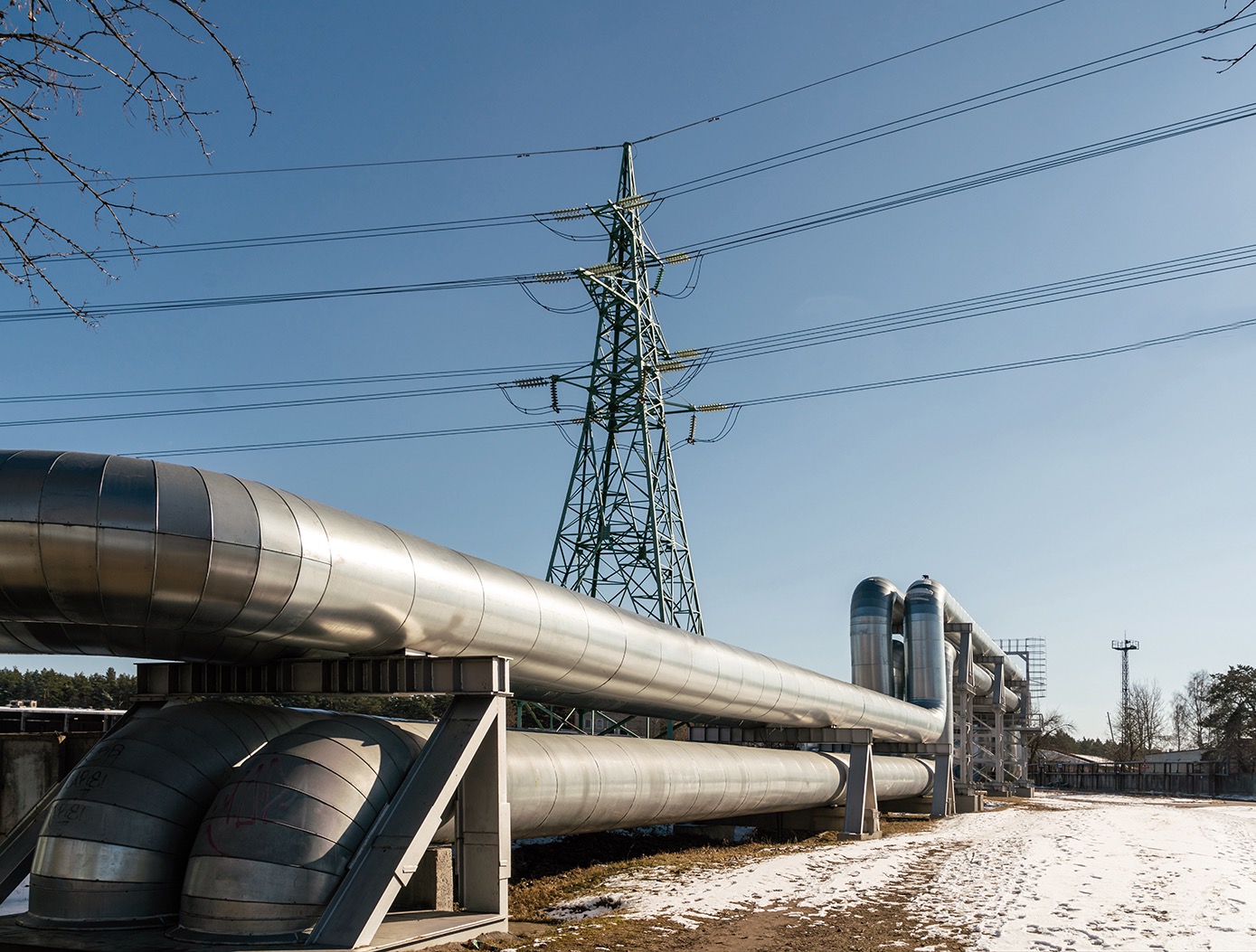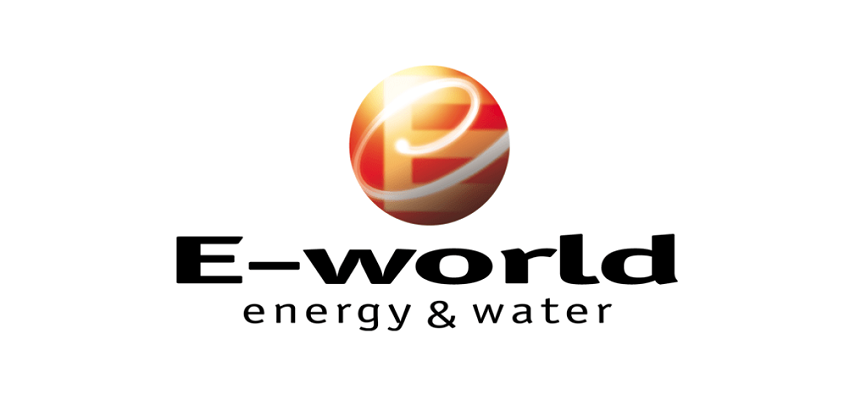SIQENS at the E-World energy&water in Essen (February 20th to 22nd, 2024)
The E-World energy&water is the international meeting point for the energy industry. The Munich company SIQENS is presenting its EHS method at the leading trade fair in the Hydrogen Solutions Forum, Hall 5, Stand 5J137. They enable the efficient production of “green” hydrogen and are a cost-effective alternative to electrolysis.
Hydrogen is considered one of the most important energy sources on the path to decarbonization. The topic is gaining momentum worldwide. The Federal Association of the Energy and Water Industry (BDEW) also propagated hydrogen as an independent, indispensable basis for climate-neutral energy systems of the future in the run-up to the trade fair.
However, sustainable decarbonization can only be achieved if green hydrogen is used. However, a current Roland Berger analysis only assigns the role of a niche phenomenon to this by 2030. The study, titled “The Roaring ’30s – A clean hydrogen acceleration story,” predicts global hydrogen production of 110 million tons (Mt) per year by 2030. By 2040, this value is expected to rise to 240 Mt. But that is far from enough to achieve compliance with the Paris climate goals by 2030. The study sees one reason for the slow increase in production of green hydrogen in the insufficient expansion of electrolysis capacities that are operated with renewable energies. In addition, the production costs are high.
High costs for electrolysis
“The energy balance of the electrolysis process is sobering,” argues Siqens CEO Dr. Thomas Klaue. “The production of 1 kg of hydrogen using an electrolyzer requires around 50 kWh, i.e. 50% more than is ultimately contained in the hydrogen at around 33 kWh. In addition, electrolysis has been on the market for a long time – its technical efficiency is considered to be exhausted in expert circles.”
With the electrochemical hydrogen separation technology (EHS), which the Munich-based company developed, a significantly cheaper process is now available. The EHS enables the local production of fuel cell quality hydrogen. According to calculations by SIQENS, a hydrogen kilo price of less than 2 euros is possible in the medium term, which makes EHS a real alternative to electrolysis. SIQENS sees market potential for the process among plant manufacturers, energy companies and industrial users. EHS is also a promising technology for municipalities with their natural gas and city gas networks, as initial pilot applications show.
Hydrogen is made from waste
With the EHS process, hydrogen is obtained, for example, by separation from natural gas. The existing gas infrastructure serves as a transport medium. But other locally available renewable resources such as biogas, methanol or methane can also be used for production. They all contain hydrogen atoms chemically bonded to carbon, oxygen and other atoms. In principle, it is also possible to obtain hydrogen from waste streams in this way – such as from biomass and non-biogenic municipal and industrial waste. The EHS process also allows hydrogen to be extracted from natural resources. Depending on the volume of hydrogen concentration in the feed gas, the energy requirement to produce 1 kilogram of hydrogen with EHS is only 3-5 kWh, i.e. around a tenth of the energy content of hydrogen. The EHS process reduces the energy requirement per kilogram of hydrogen by over 90% compared to electrolysis.
“Electrochemical hydrogen separation is our technical solution to the central challenges of a cost-effective hydrogen infrastructure for decentralized hydrogen supply and for the development of previously unused hydrogen resources,” says Dr. Highlight the economic advantages of the procedure. “Electrolysis, on the other hand, requires a lot of electricity and is also expensive and time-consuming.”
At the E-World energy&water, the experts from SIQENS will demonstrate how the EHS process works in detail using a sample stack in the Hydrogen Solutions Forum, Hall 5, Stand 5J137.
About Siqens:
SIQENS, founded in Munich in 2012, develops and produces methanol fuel cells. The devices are used to provide emergency power to critical infrastructure and in places without a permanent connection to the power grid. The SIQENS Ecoport fuel cell system is operated with liquid, easily available methanol. Hydrogen is produced from the methanol in the Ecoport. This reacts with oxygen in the SIQENS stack and generates electrical energy. Combined with a battery that the Ecoport automatically recharges when necessary, an EcoCabinet is created as a reliable power source.
In contrast to diesel generators, fuel cells are economical, require little maintenance and emit neither particulate matter nor nitrogen oxides as well as significantly reduced CO2 emissions. Methanol from renewable sources even enables completely climate-neutral operation.
With the know-how gained in the Ecoport for separating hydrogen from feed gases, SIQENS has now developed the EHS process for separating hydrogen from gases.
